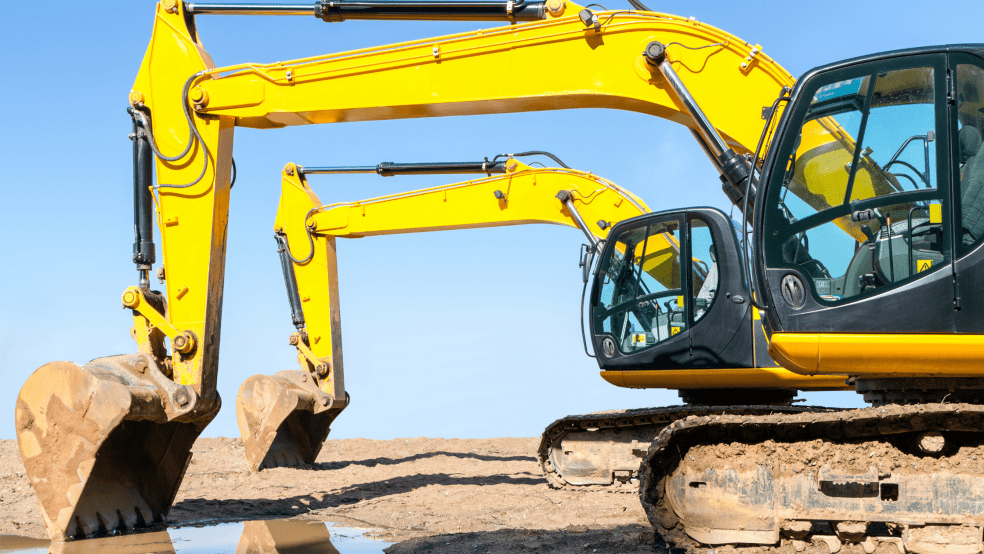Full article with thanks to: nmtcranes.co.uk/7-essential-crane-safety-tips-2
As an employer it’s your job to ensure staff are kept safe, so adhering to crane safety rules and regulations is extremely important. The most common crane-related accidents include; operator fall, tipping over, an electrical fault or cranes colliding with each other.The law says that all lifting operations which involve lifting equipment must be properly planned by a competent person and carried out in a safe manner. According to HSE there have been 61 accidents since 2001 involving tower cranes, 9 people have died and 25 were seriously injured. Although sometimes accidents cannot be avoided, it is crucial that you do what you can as an employer to minimise the chance of an accident. Below we offer crane safety tips to keep your employees safe.
1. TRAINING
Proper training must be carried out for your employees. This provides the right knowledge and skills for the operators, where they will learn about system assessments, operational parameters, hand/light signals and height and system judgement for safe and successful operations of the crane.
2. PLANNING LIFTING OPERATIONS
All lifting operations should be planned in advance so that they can be carried out safely and foreseeable risks can be taken into account. The person who has been appointed to plan the lifting operation must have adequate practical and theoretical knowledge and experience of the lifts being undertaken. The plan should consist of; risks identified by a risk assessment, resources required, procedures and responsibilities so that any lifting operation is carried out safely. British Standard BS 7121 Part 1 2006 sets out an acceptable standard for managing lifting operations using cranes on construction projects.
3. SUPERVISION OF LIFTING
The crane supervisor should direct and supervise the lifting operation to ensure it is carried out in accordance with the method statement. If it seems dangerous, then this needs to be stopped by the experienced and skilled crane supervisor.
4. PRIOR INSPECTION
It is advisable to conduct a thorough inspection of the construction plant before everyday activities and report any kind of unusual discoveries if any. The inspection process must include checking all the cables as well as booms for any cracks and deformities, as well as other problems with the bolts, controls, pins, signal lights and outriggers. Prior inspection is essential for identifying potential risks. If any repairs need to be carried, then specialists such as us here at NMT Crane Hire can assist.
5. DUTY AUTHORISATION
Cranes should only be operated by authorised persons and workers who are trained and experienced enough to handle the machine. Signal workers prove to be very helpful as far as safety is concerned. They transmit signals about whether the area is clean or not and report any dangerous situations. If the signal worker identifies any risks, work can be halted until it is safe to continue.
6. SETTING LIFTING LIMITS
Cranes are designed to lift only a certain amount of weight. Operators should be ordered not to lift any weight beyond the capacity of the crane. Operators must study the load chart and work with the crane on the basis of these charts.
7. SURFACE LEVELLING
Since cranes are often used at locations that have an uneven surface, it is important that the surface is levelled as much as possible in order to ensure safety and security. Operating cranes on uneven surfaces can often result in accidents and injuries to workers and people nearby.
Full article with thanks to: nmtcranes.co.uk/7-essential-crane-safety-tips-2
Did you enjoy that? Why not share this article.
Want to start your career in the construction sector or looking to expand on your construction skills? From our Operator Plant Training to PASMA Courses, we have plenty of training available for you.
Book your construction training with us today.

